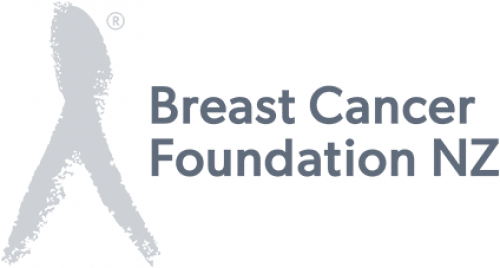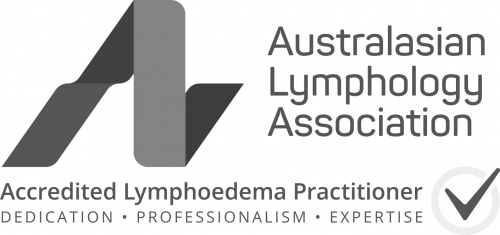Lipoedema Management

Lipoedema ~ What is it?
Lipoedema ~ the disease they call fat
Lipoedema is a frequently misdiagnosed genetic metabolic disease whereby there is a higher than normal deposit of fatty tissue under the skin (Greek. Lip = fat).
It almost always affects women as tissue structure is different to men. The predisposition for lipoedema is most likely genetic with the common trigger being hormonal changes that occur during puberty, pregnancy and menopause.
Estimates of the incidence of lipoedema range as high as 11% of the post-pubertal female population.
Recognising Lipoedema
Early detection and management are the key to preventing the progression of lipoedema.
- Lipoedema always affects both sides of the body therefore symmetrical i.e both legs and /or arms
- Both legs and/or arms are disproportionately large while the feet and hands are slender and not affected.
- The body appears incorrectly proportioned with the upper body being relatively slender while fat pads accumulate on the outer/inner thighs and above and below/inside knees. Arms can be more voluminous. Clothing sizes for upper and lower body are extremely different.
- Do you find yourself bruising easily? or have tenderness and pain in your legs?
- There may also be a wavy uneven skin surface known as 'orange peel skin'.
- Do you have fat nodules, fat pads or lobules particularly around the knees or thighs?
- Discomfort with any pressure from garments or tight clothing.
- Hyper-mobility of the joints is common.
- Feeling of heaviness in the legs due to increased fat tissue and accumulated tissue fluid as lipoedema affects normal lymphatic flow.
- Restrictive dieting has little effect on the lipoedemic fat and good nutrition shows little success in the affected areas.
Stages and Types of Lipoedema
There are 4 stages and 5 different types of Lipoedema.
Lipoedema is a progressive disorder. When it's not treated it can progress in severity over the lifetime of a woman.
Unfortunately it can take a long time to get a diagnosis of lipoedema and is often confused with lipohypertrophy or obesity and misdiagnosed.
If you do notice any of the above signs/symptoms or recognise your shape in the video then see your GP to have appropriate scans and tests performed.
Your doctor should refer you to a lymphoedema therapist for management and treatment and possibly to a vein specialist as lipoedema may cause dysfunction of your veins.
Lipoedema can be commonly misdiagnosed with lymphoedema, although in the latter stages there may be fluid accumulation and this is called lipo-lymphoedema and requires Combined Decongestive Therapy (CDT) as in the case of lymphoedema.
Conservative Treatment and Management of Lipoedema
To obtain a diagnosis please visit your GP and contact a Lymphoedema therapist in your area. Lymphoedema NZ
Treatment plan for lipoedema includes ~
- Manual lymphatic drainage (MLD) with a maintenance treatment plan. Regular massage can be helpful in breaking up fibrotic areas where connective tissue begins to harden. MLD can reduce pain and increase mobility.
- Compression therapy - measuring, prescription fitting and ordering of made to measure (in most cases), of a suitable compression garment in flat knit.
- De-congestive exercises and advise on suitable exercise.
- Sequential intermittent pneumatic compression (SIPC) - used in clinic or purchase your own from the Lymph Clinic for daily use at home.
- Breathing exercises and skin care advise
- Nutrition advise - current research on low carbohydrate/moderate protein/high fat (LCHF) has shown promise for weight and symptom management plus Ketogenic Way of Eating Proving Successful for Lipedema

~ If diagnosis is lipo-lymphoedema then a reduction phase with compression bandaging will be recommended initially to decrease the size of the limb. Please see Lymphoedema Management
The goals of treatment are ~
To relieve symptoms improving quality of life
To slow down the progression of lipoedema over your life time
To prevent complications, including the development of lipo-lymphoedema
Surgical treatment ~ A further option in lipoedema therapy
Specialised lymph-sparing liposuction & plastic surgery
This should only be performed if conservative therapy has been consistently followed. You will need to contact a medical specialist for assessment and surgery.
If you do consider this option it is important that you discuss with more than one specialist the expected outcomes, risks and side effects. The need for wearing of a compression garment and having conservative therapy like MLD post liposuction surgery, varies between patients.
Liposuction and lipectomy are no guarantees of healing the lipoedema but it can provide reduction of symptoms and slows the progression of lipoedema, improving quality of life.
For more information go to Lipoedema Project or call the Lymph Clinic and chat with Lesley



